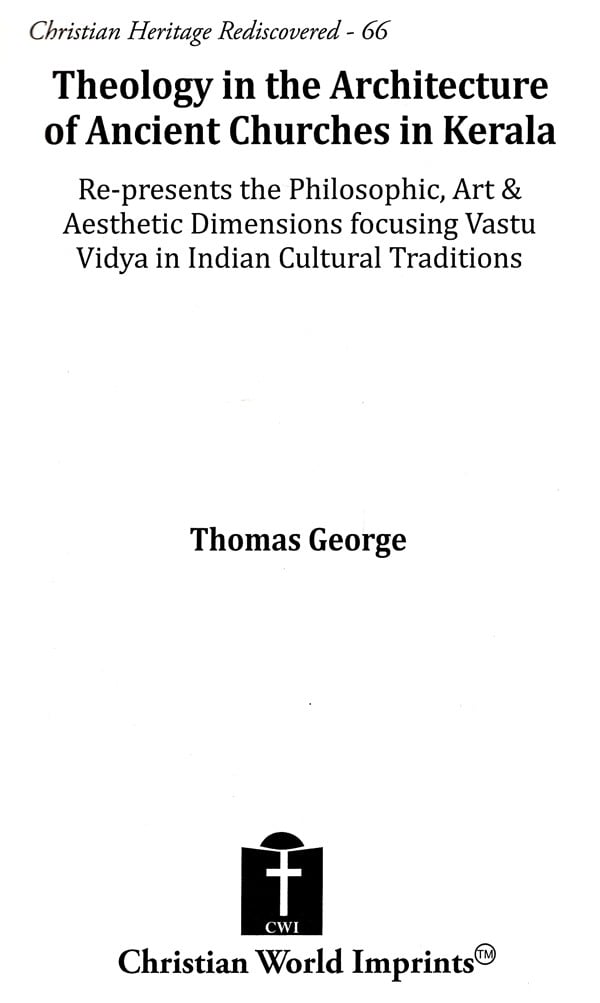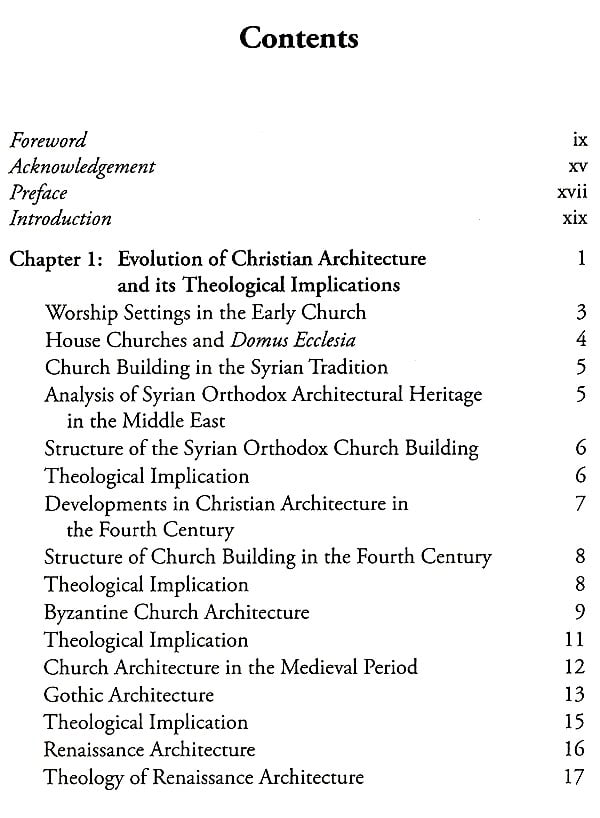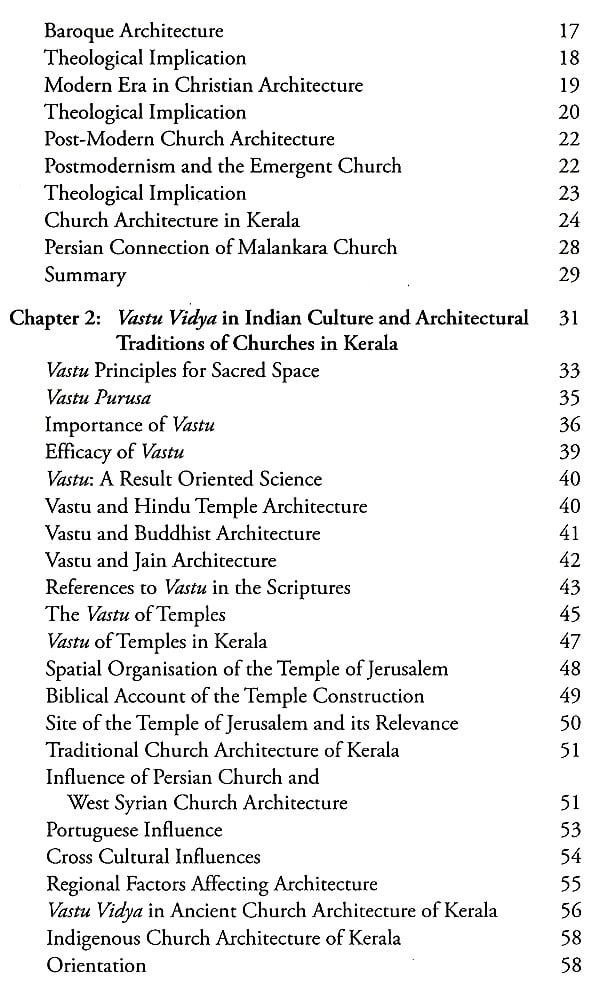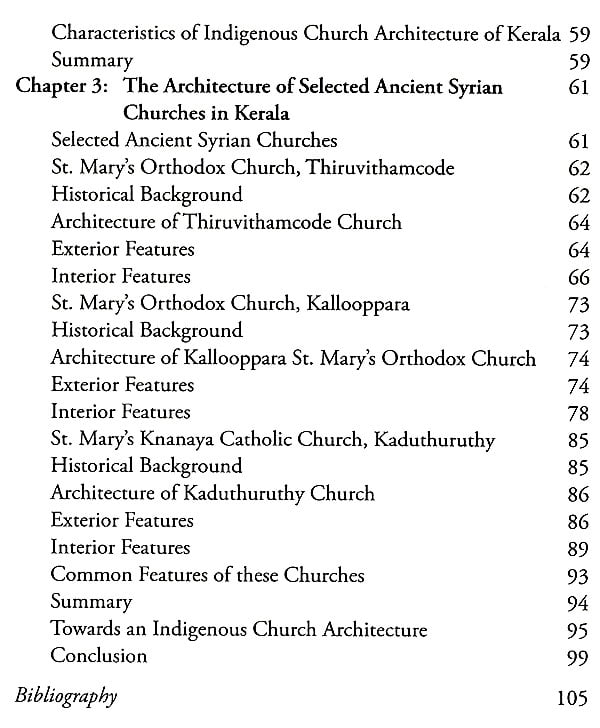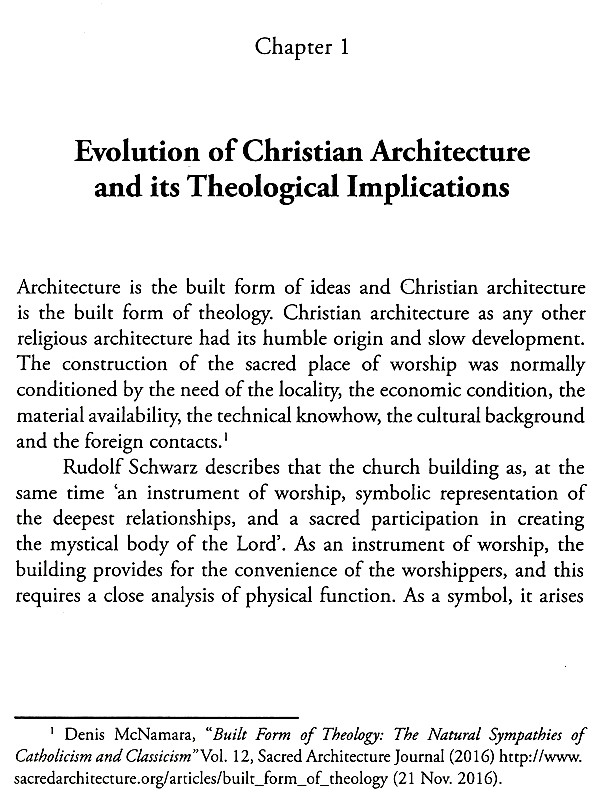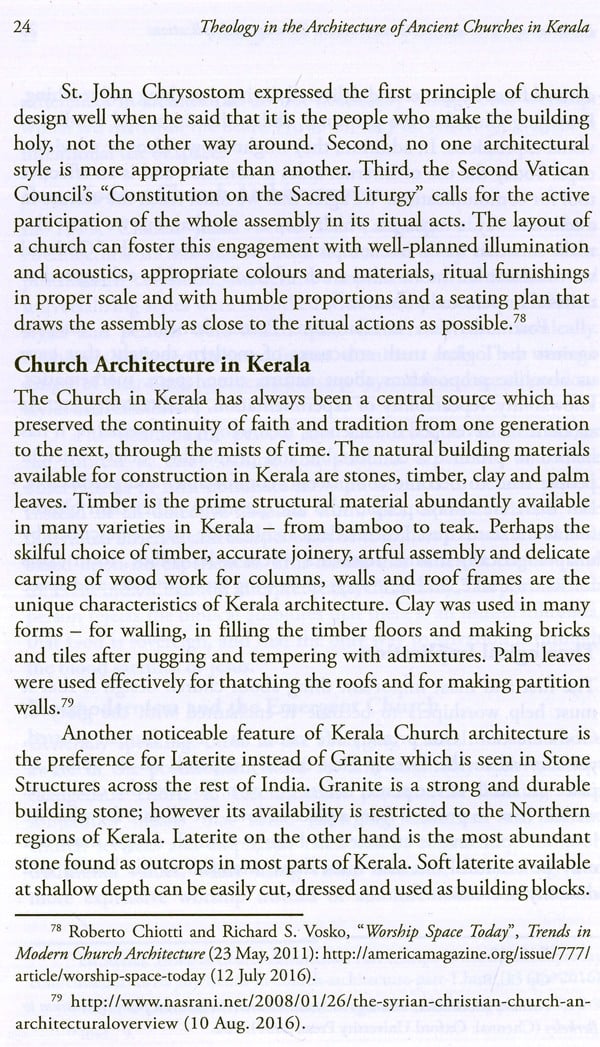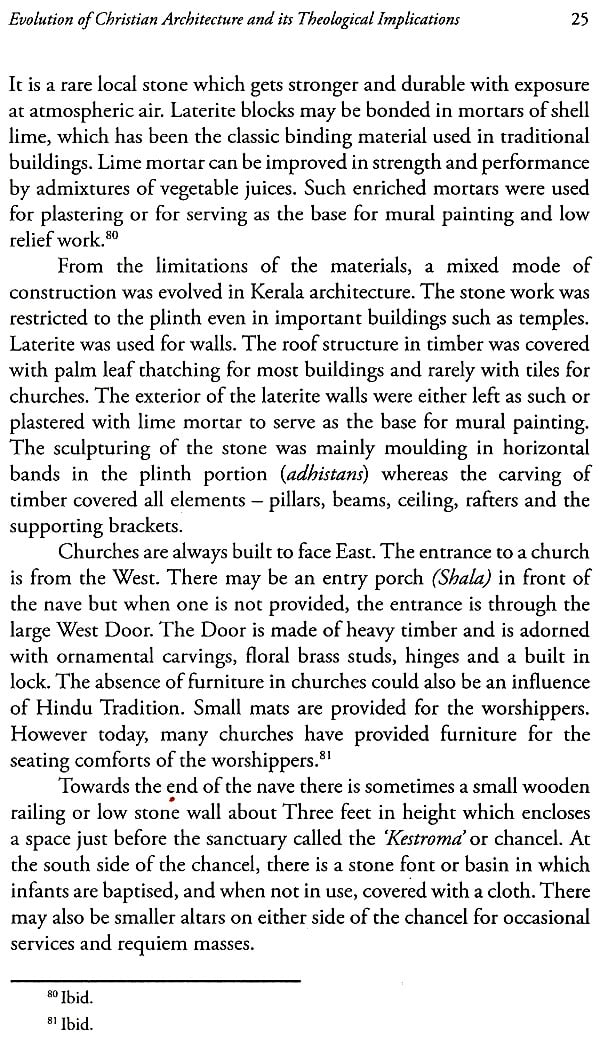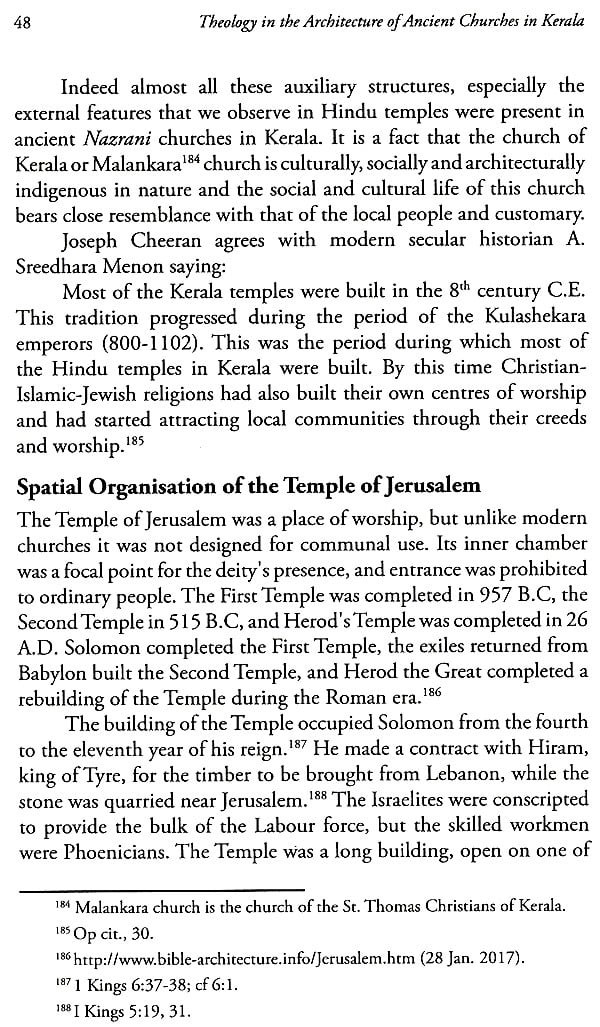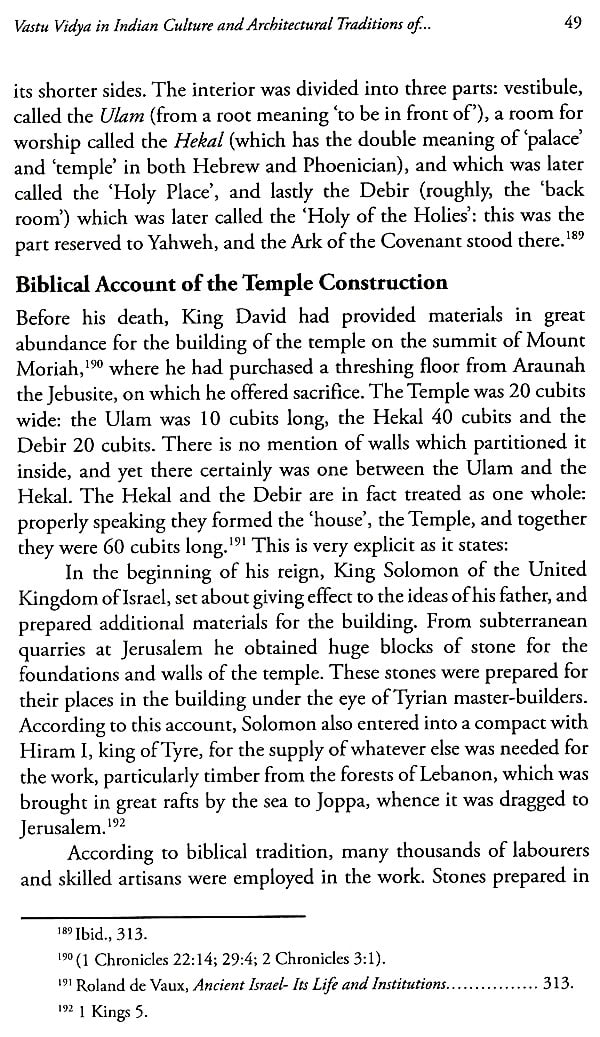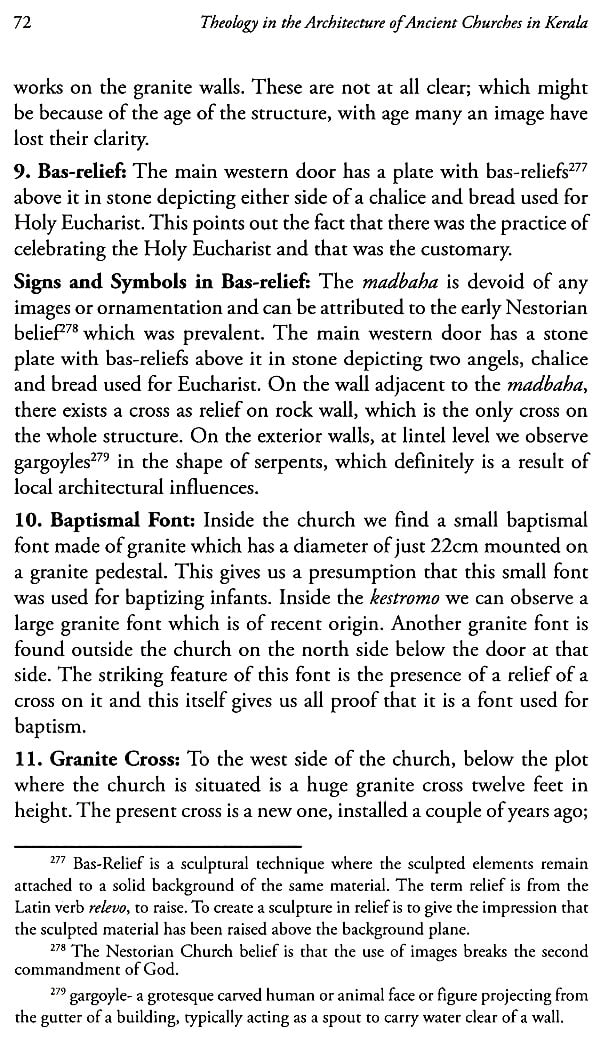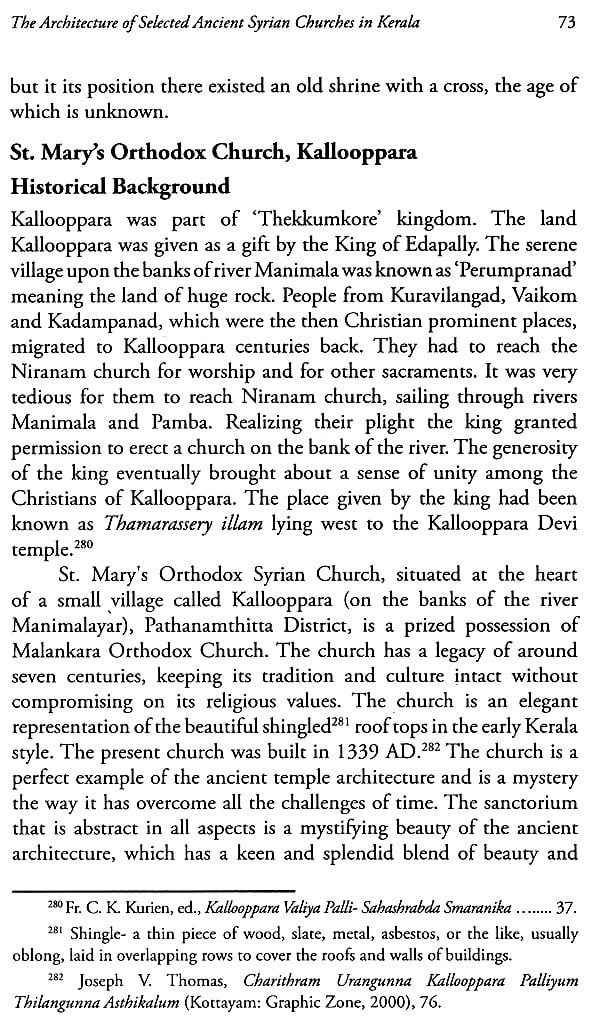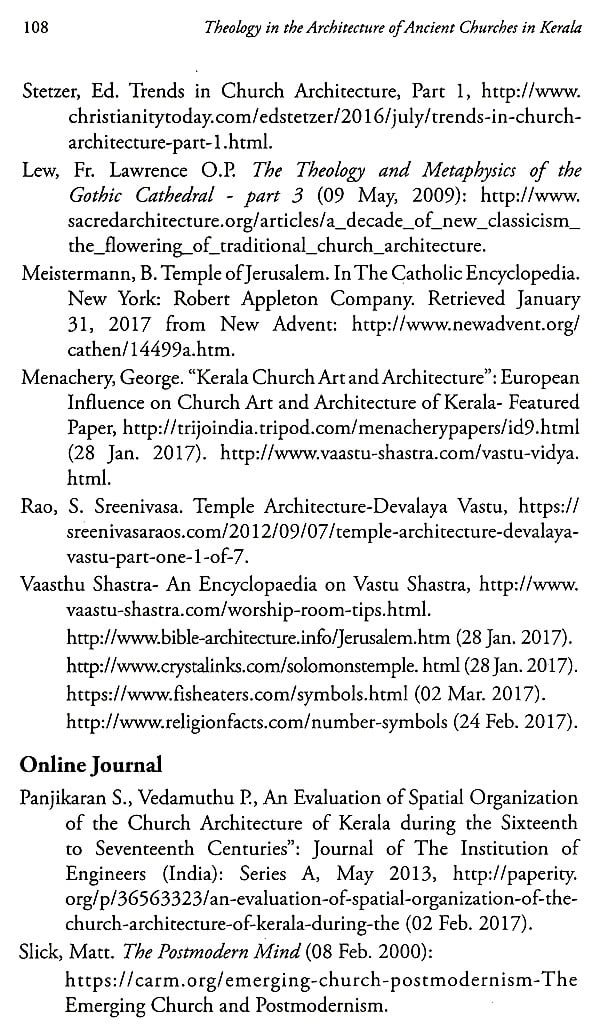About The Book This book is the outcome of author's research into the technical aspects of the architecture of selected ancient churches of Kerala, which is rooted in the history and prevailing cultural traditions, in the light of the Bible. The book unfolds the unfathomable theological elements in the church architecture of St. Thomas Christians, which was pivotal for our predecessors during the design and construction of spiritual edifices. The author candidly argues that, even though the churches or places of worship are built with materials of this world, they are consecrated as houses which epitomize the glory of the Almighty and where God dwells with all His/Her majesty and grandeur.
About The Author Fr. Thomas George, a priest of the Indian Orthodox Church has completed his M.Th. in Christian Theology from Federated Faculty for Research in Religion and Culture, Serampore University. Presently, he is engaged in doctoral research in the field of Patristics. He is a graduate in Civil Engineering from Madras University succeeded by some years of commensurate experience in India and abroad. His professional grounding prior to the Theological education is the linchpin to focus on 'The Theology of Architecture', as the field of his study.
Foreword The religious architecture reflects the re-presentation of the sacred. It envisages the spiritual and aesthetic grandeur of every community. In the traditional architecture, the sacred space is enlivened and envisioned as the re-presentation of the rhythm, symphony and vitality of the created order which manifests the rationality that reveals the depth of the cosmic power, the mystery that is incomprehensible, immutable, undefinable and unmanifest and that transcends and transpires authentic expressions of spiritual grandeur. In traditional communities and belief systems, the cosmic power is authenticated and experienced through the ordering of the space. Ordering of space is significantly important in every articulation of religious and spiritual grandeur. It exemplifies the continuum at work within the sacred mundane polarity. The otherworldly is experienced and expressed through the dimensions of time and space. The sacred is enunciated through the mundane or this-worldly articulations because they are the viable means which are tangible and congruent with the perceptible reality. The representation of the sacred, particularly through the dimensions of time and space is epitomized through the perceivable, so that the adherents of the traditions can have the sense of the mysterium, tremendum et facinanus nature of the sacred which they always approach with awe and wonder.
**Contents and Sample Pages**
